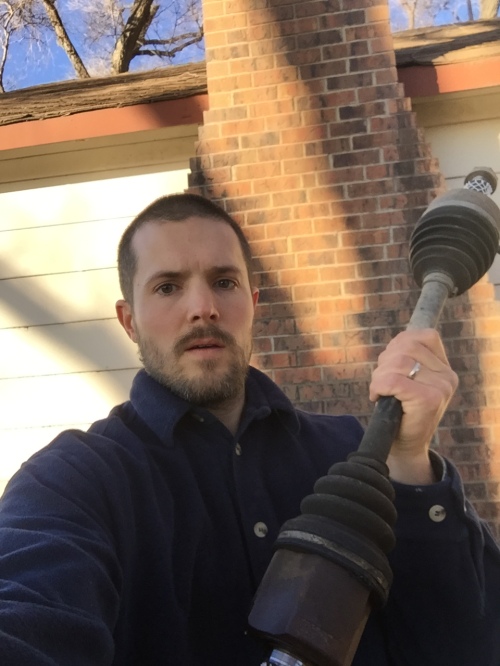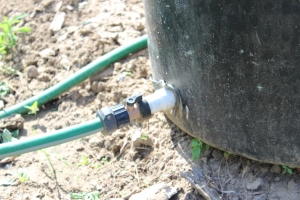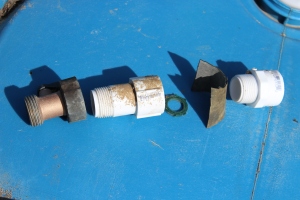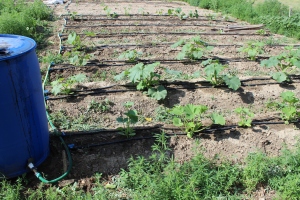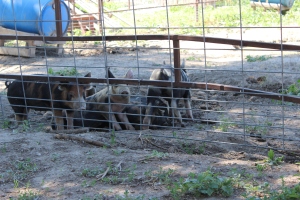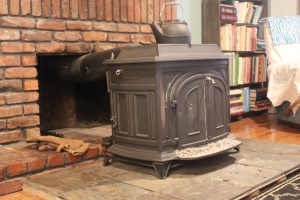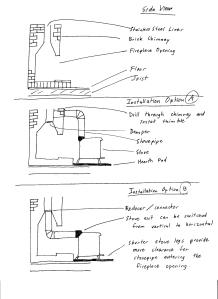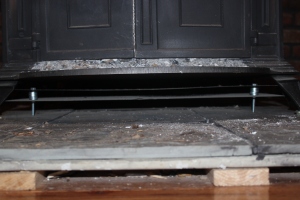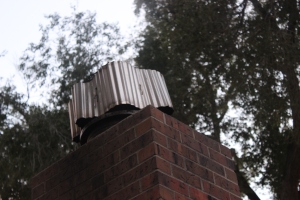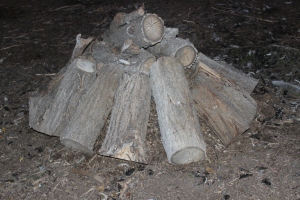We’ve talked here before about Steve Solomon’s books on gardening. We love Steve, and especially appreciate the book The Intelligent Gardener: Growing Nutrient Dense Food. We actually pre-purchased this book a month before it was released. As soon as it arrived, we read it cover to cover. This book explains in easy to understand terms the science behind agronomy and applies it to the backyard garden. But it goes a lot further than that. There are links to a website where you can download worksheets to help further analyze your soil results. And then there is also a yahoo chat group you can join. Steve hangs out on the forums and helps to answer questions.
Lab reports often come back with recommendations on the traditional NPK (nitrogen, phosphorus and potassium) and also calcium. The problem is that your soil is more complex than that. These worksheets will help you figure out your needed (if any) amounts of Sulfur, Magnesium, Sodium, Boron, Iron, Manganese, Copper and Zinc.
All of these are important to bring you soil into proper balance in order to produce optimal nutrition in the food you are producing. The author’s way of describing this is by looking at an old barrel with vertical wooden staves. That barrel will only hold it’s full potential if each of the staves are full in length, going all the way to the top. If a few of those staves are shorter, only going halfway up the barrel, then the barrel will only hold as much water as it’s shortest stave would allow.
Here are our results in a PDF: 2016 Soil Sample Trends
The most alarming thing that I see when looking at the report is that our organic matter percentage has been slowly decreasing. I intend to fix this by trying out a heavy layer of straw mulching. I predict this should do two things: 1. it will help retain water, allowing the plants to grow more easily with less water input. More root growth should help increase organic matter. 2. turning under that straw mulch should help incorporate a lot of organic matter into the soil.
The other thing I plan on doing this year is using more fertilization than I have in the past. I usually use fishmeal at planting time, along with my home made compost. And that’s it. Nothing else for the year. But this season I will try to make a tea with the fishmeal and then apply that to everything once every 3-4 weeks or so during the entire growing season.
Based on the calculations, the main amendment we’re adding this year is 1320 lbs per acre of gypsum. This is the only amendment we’ve added for several years now and have seen it lower our pH and also reduce some of our overages in Phosphorus, Potassium, Magnesium and Calcium. I know, it does seem weird to be adding calcium in order to reduce calcium. You’ll learn in the book that calcium is a key to unlocking and accessing these other elements. The extra calcium allows the plants to consume and therefore reduce the excesses.
Have you been doing soil tests for your garden? Have you seen good results?
Thanks, Robert.

